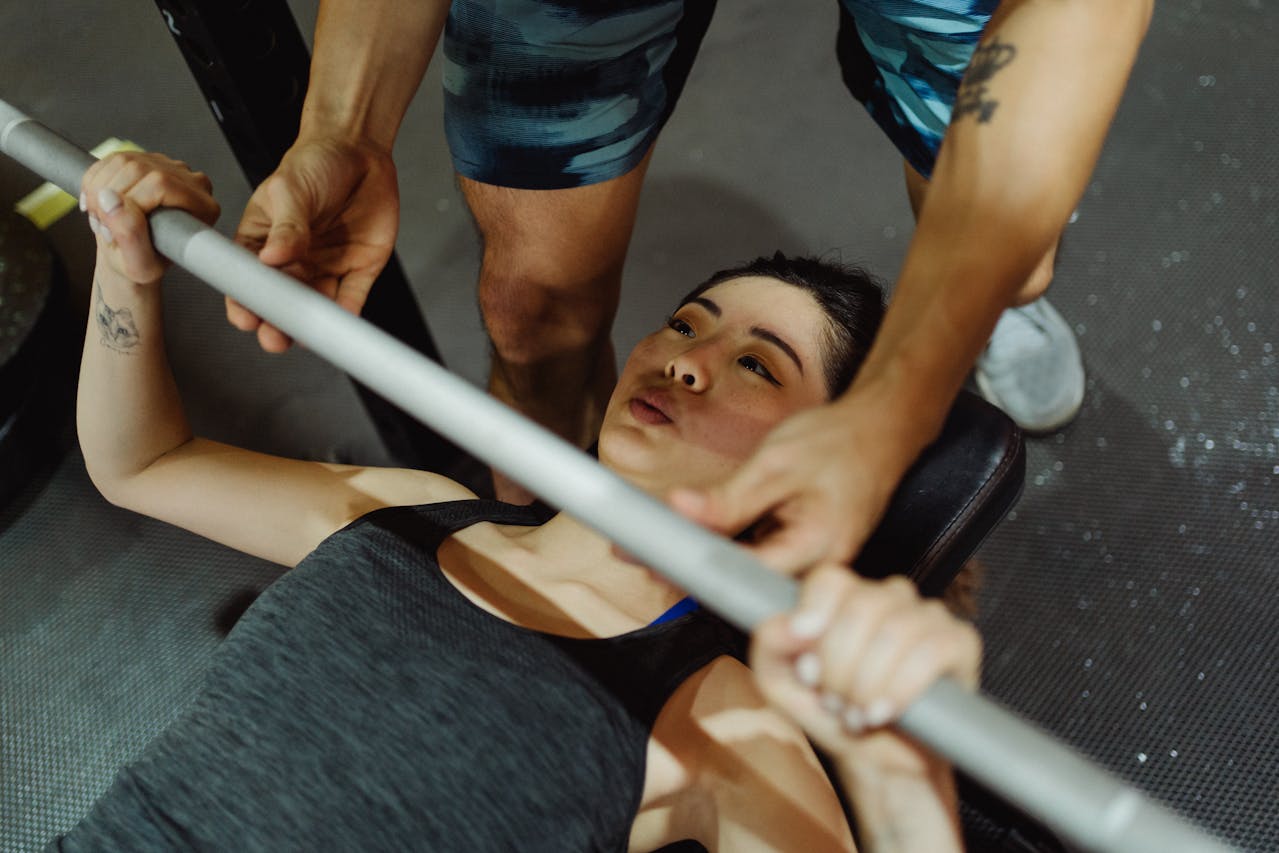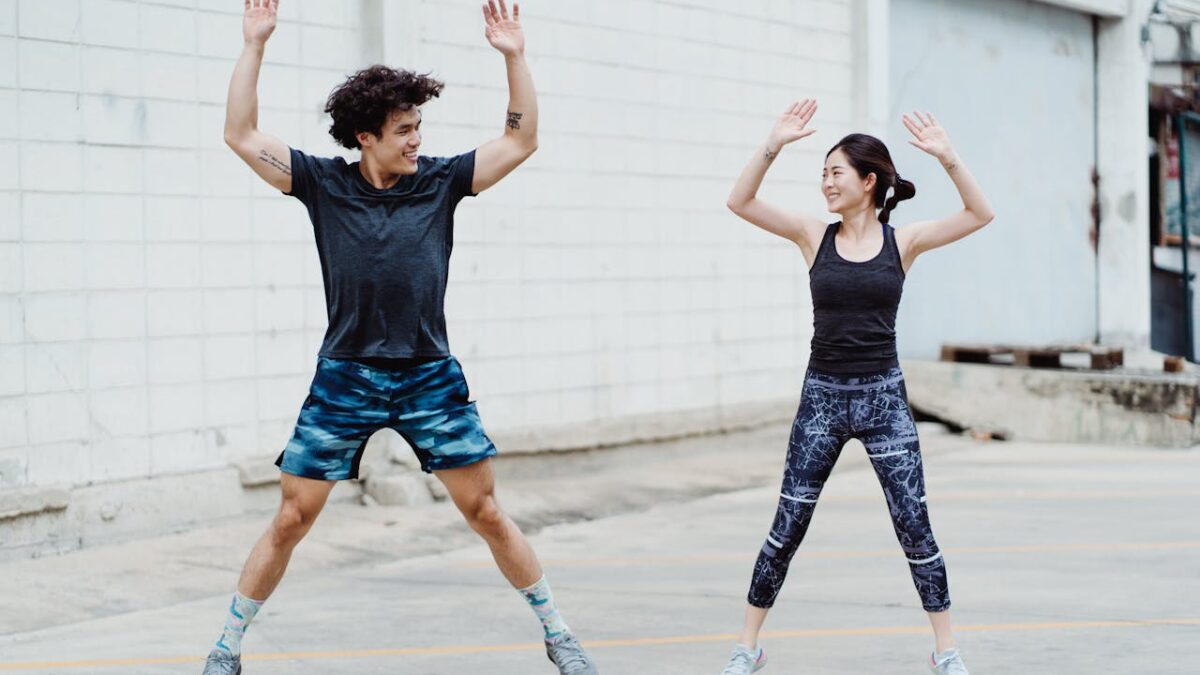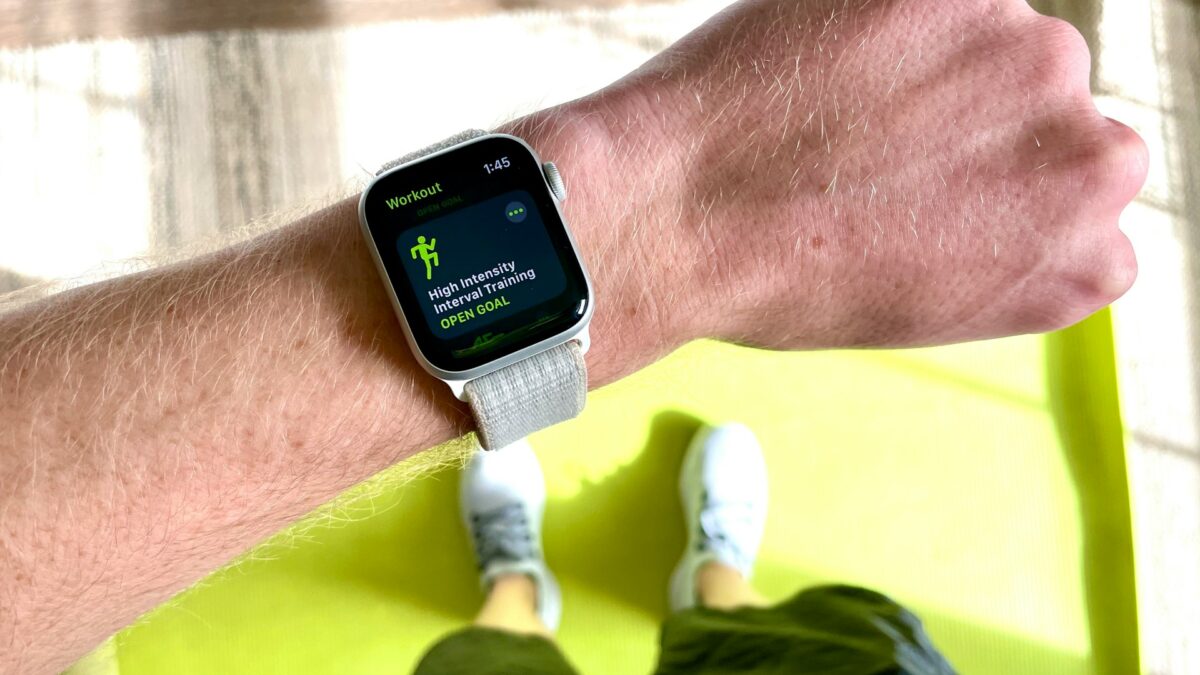
Top Techniques For The Incline and Decline Bench Press
The bench press is one of those exercises where you push yourself with each lift. This ongoing challenge is what makes you want to get the most out of all the different movements and even start mixing things up with the different ways you can do the bench press. But what’s the best way to reach your goals, and what’s the best technique?
It’s important to understand the mechanical differences, angles of tension, and effectiveness between the flat bench position and its incline variant.
Flat Bench
This exercise is really popular, but not many people get it right, so we’re going to remind you of the steps to follow:
- Lie on the bench with your lower back arched slightly and your glutes and upper back in contact with the bench.
- Keep your body tight as you lower the bar with your elbows at about a 45-degree angle to your torso.
- When the bar touches your lower chest, please bring it back to the starting position with a slight bend in your elbows.
The flat bench press is one of the best upper body exercises for building muscle and strength. It uses most of the muscle tissue in the pecs, shoulders, and triceps, making it both effective and efficient. There are few upper body exercises where you can use weight to target so many muscle groups.
If you don’t do it right, it can be a real problem. If you use too much weight or have poor posture, you could end up doing more harm than good. The key to exercise is to treat the flat bench press as something other than a magic bullet that will lead to success and start doing reps uncontrollably. Treat it like any other exercise that helps you build muscle safely and effectively.
It’s important to do the exercise correctly, as it will form the basis of your resistance training.
Incline bench press
This one’s more challenging than the last, but it’s still doable. Even though the angle of the incline is different, the incline bench press can build up your upper chest much faster. Let’s go over the steps again to make sure we’re all on the same page.
- Lie on the bench with your glutes touching it and your lower back slightly arched.
- Push your shoulders back and lift your rib cage slightly.
- Let the barbell come down until it’s below your neck, and make sure your elbows are at a slight angle toward your torso.
- Just touch the bar with your upper chest and bring it back to the starting position without locking your elbows.
One of the great things about this exercise is that the incline of the bench makes it easy to work your upper pecs. It’s also worth noting that you’ll be strengthening not just this area but the entire pectoral region. There’s a greater focus on the shoulders, too.
On the downside, using too much weight can not only ruin your results but also make you more likely to get hurt and burn yourself out.
Another common mistake is using a short range of motion. If you stop the bar a few inches or even halfway, you need to work on working an important muscle group. If you need more time to complete the full range of motion, use less weight to get better results.
So, what’s our recommendation and conclusion?
These two exercises are quite similar in how they’re done, but they have some pretty big differences in how they affect the body. The flat bench works the middle and lower pecs more intensely, while the incline version targets the upper part.
But in reality, when you do the exercise right, you’re strengthening your entire chest.
The incline bench press requires a greater range of motion because it requires a lower weight. The flat bench is the most commonly used and is included in most training programs. Our recommendation is to use both exercises, even if you’re new to the incline bench press. Combining both will give you the best results.



